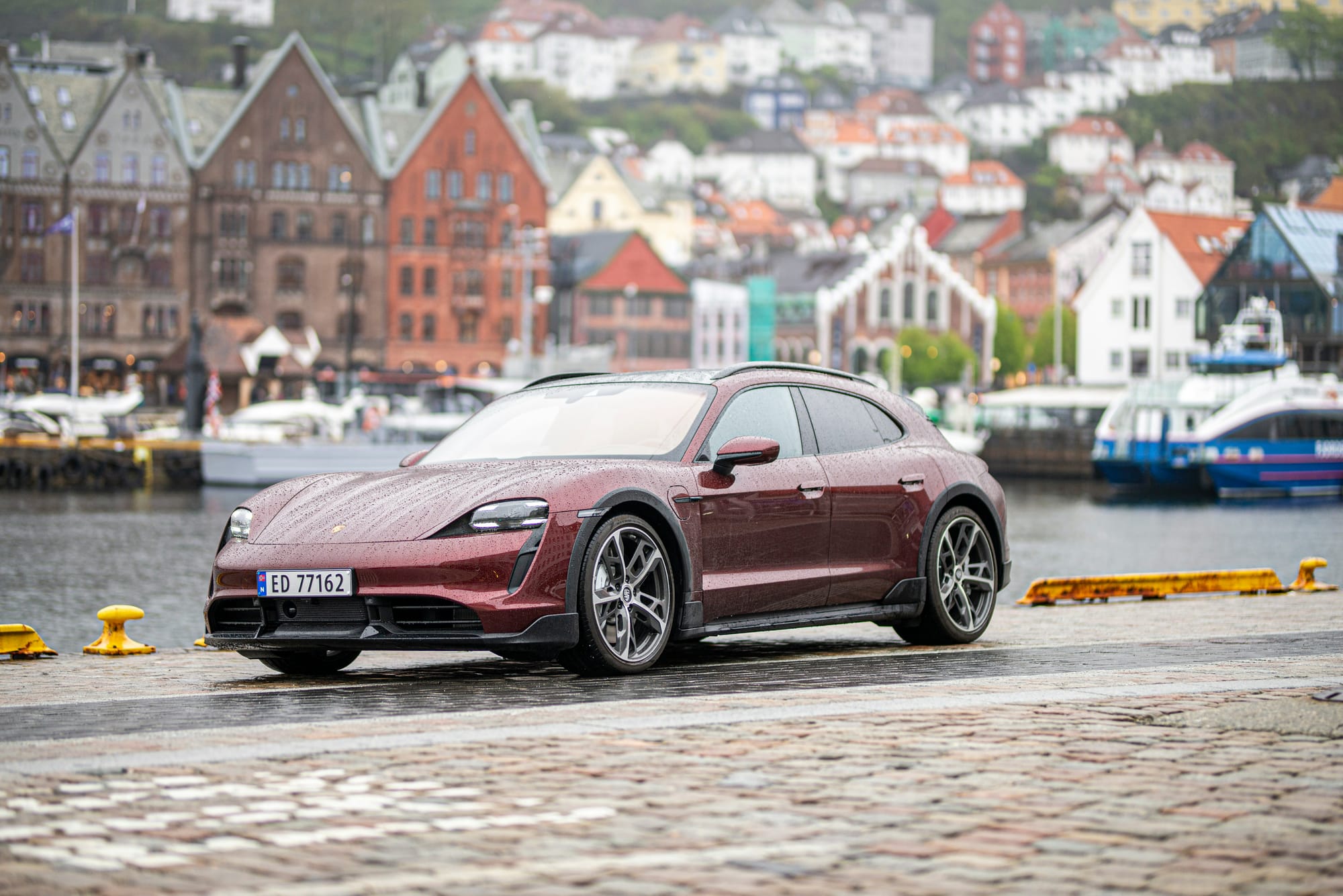
Standing firm on 2035: why Europe’s electric future depends on it
As CEO of Chargemap, one of Europe’s leading charging services providers, I’ve spent the past decade building the tools and solutions that make public charging simpler and more reliable. From mapping and connecting charging points across the continent to forging partnerships with drivers, energy providers, and automakers, I’ve seen firsthand how electrification is reshaping our roads, strengthening our grids, and transforming our economy.
That’s why, when more than 150 business leaders from across the e-mobility ecosystem signed an open letter to President Ursula von der Leyen, I added my name without hesitation. Our message is clear: the EU must stand firm on the 2035 zero-emission target for new cars and vans.
Why 2035 Matters
In 2023, the EU set a clear direction: from 2035 onwards, all new cars and vans sold in Europe must be zero-emission. No more petrol or diesel models. This is the “2035 target”—a cornerstone of Europe’s Green Deal and its strategy to cut transport emissions, drive innovation, and strengthen energy independence.
This goal is not just a regulation—it is the foundation of Europe’s climate ambition and industrial renewal. Transport accounts for nearly a quarter of Europe’s greenhouse gas emissions, and without decisive action, we cannot meet our Paris Agreement commitments. But the target is more than an environmental imperative: it is a strategic opportunity to build competitiveness in the industries of the future.
Already, the clarity of the 2035 target has unleashed hundreds of billions of euros in investment: gigafactories in France and Germany, retooled plants in Slovakia and Belgium, and a rapidly expanding charging network across the continent. At Chargemap, we’ve scaled our services to make EV charging simple and reliable for millions of drivers—creating jobs and building trust in the transition.
This momentum depends on clarity and predictability. The 2035 framework tells every actor—from manufacturers to grid operators—that Europe is serious about the shift. Weakening it now would shake investor confidence and slow innovation at the very moment we need to accelerate.
Why the lobby’s arguments don’t hold
Some voices—particularly from legacy automakers and political circles—are lobbying for “flexibility”: delays, exemptions, or alternatives like e-fuels. Their arguments simply don’t hold up.
- On EV adoption: Temporary dips in sales reflect high prices and subsidy changes, not a lack of consumer interest. Globally, one in four cars sold this year will be electric. China already holds a 40% EV market share. As someone working daily with EV drivers, I can tell you: the demand is real. The transition is happening, and Europe must lead it.
- On jobs and competitiveness: Electrification creates more jobs than it displaces, from battery production to charging services. Weakening the target would not protect workers—it would jeopardize Europe’s ability to compete in the industries of tomorrow.
- On infrastructure: As a charging provider, I know the grid can scale. With smarter investments and streamlined permitting, Europe has the expertise to deliver. What we need is political will, not lower ambition.
Let’s be honest: these calls for delay aren’t about protecting consumers or workers—they’re about clinging to combustion engines of the past. But the market has already shifted. Standing firm is the only path to leadership.
An opportunity to lead, not to follow
I am firmly convinced that the 2035 target is not a burden—it is one of the greatest opportunities Europe has in front of it. By standing firm, we can build a cleaner and stronger economy.
This is how Europe can take global leadership: by mastering advanced battery technologies, deploying ultra-fast charging networks powered by renewables, securing energy independence from fossil fuel imports, creating thousands of high-skilled jobs—and developing smart grids that integrate electric vehicles into our energy systems, turning cars into batteries on wheels that balance demand, store renewable power, and make our networks more resilient.
This is not abstract policy—it’s a growth strategy. The 2035 framework gives Europe the chance to strengthen its economy, attract investment, and compete with the world’s most advanced industries. The open letter we signed points the way forward: scaling up battery production, securing raw materials, providing consistent incentives for consumers across Member States, accelerating grid investment, and enforcing EU rules that make the single market work.
Europe has the means to succeed. What we need now is the political determination to seize this opportunity and turn it into lasting economic strength.
A Message to President von der Leyen
President von der Leyen, you have been a champion of Europe’s clean technology ambitions. In your upcoming review, please send a message of commitment—not retreat. Keep the 2035 target at the heart of Europe’s competitiveness agenda.
This is Europe’s pivotal moment. Act boldly, and we take charge of our electric future. Hesitate, and we fall behind.
I signed this letter because I believe in a Europe that leads, not follows. At Chargemap, we’ve built one of the largest charging communities in Europe, giving drivers the confidence to choose electric. But none of this progress is possible without a clear framework like the 2035 target.
Together with over 150 CEOs—from carmakers to battery innovators, from software pioneers to grid operators—we are committed to building and powering Europe’s electric mobility future. Now we ask political leaders to stand firm, stay the course, and accelerate.
I see it every day at Chargemap: drivers, companies, and communities are ready. The opportunity is here. The momentum is real. Let’s not waste it.